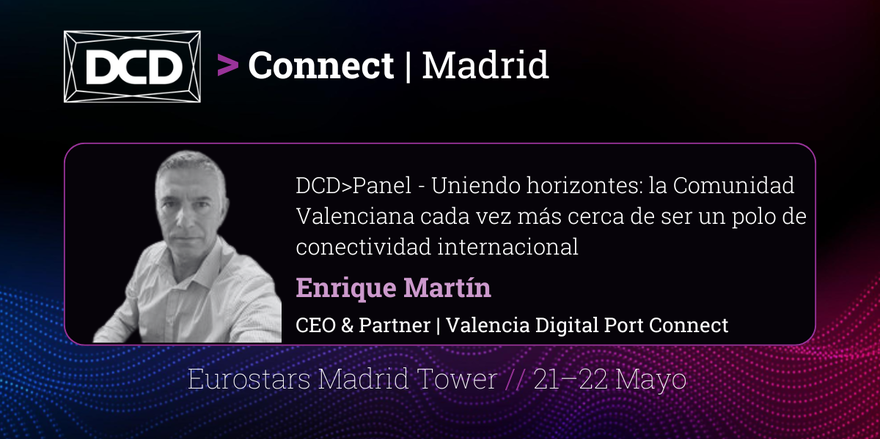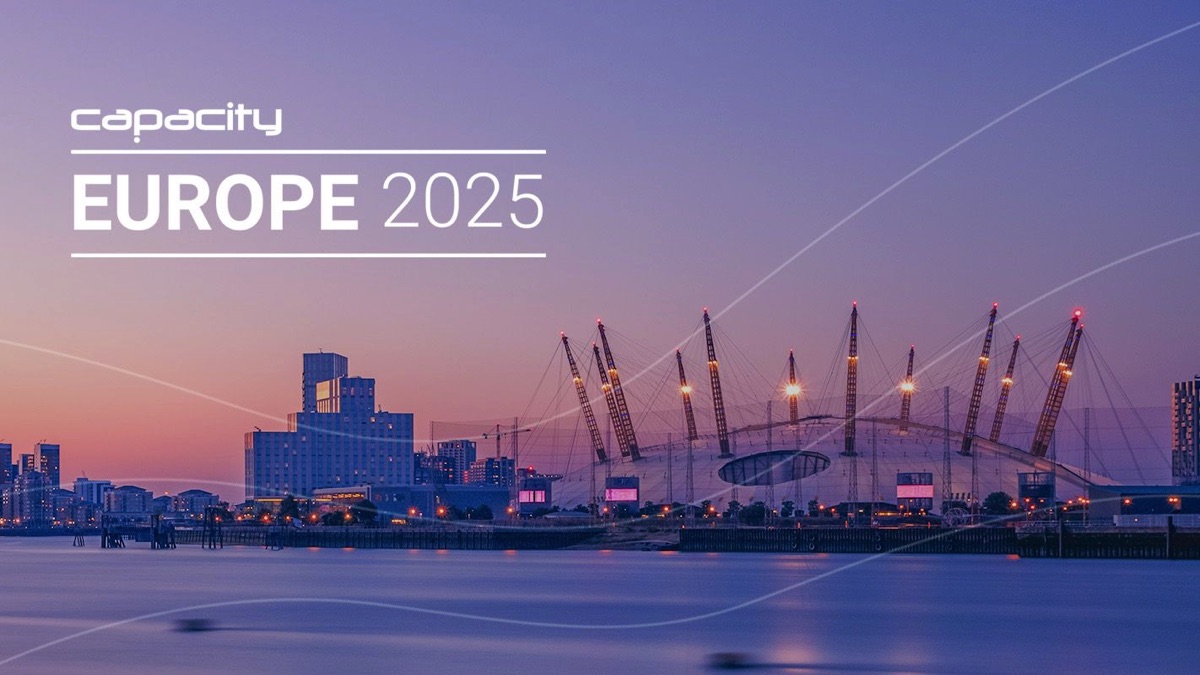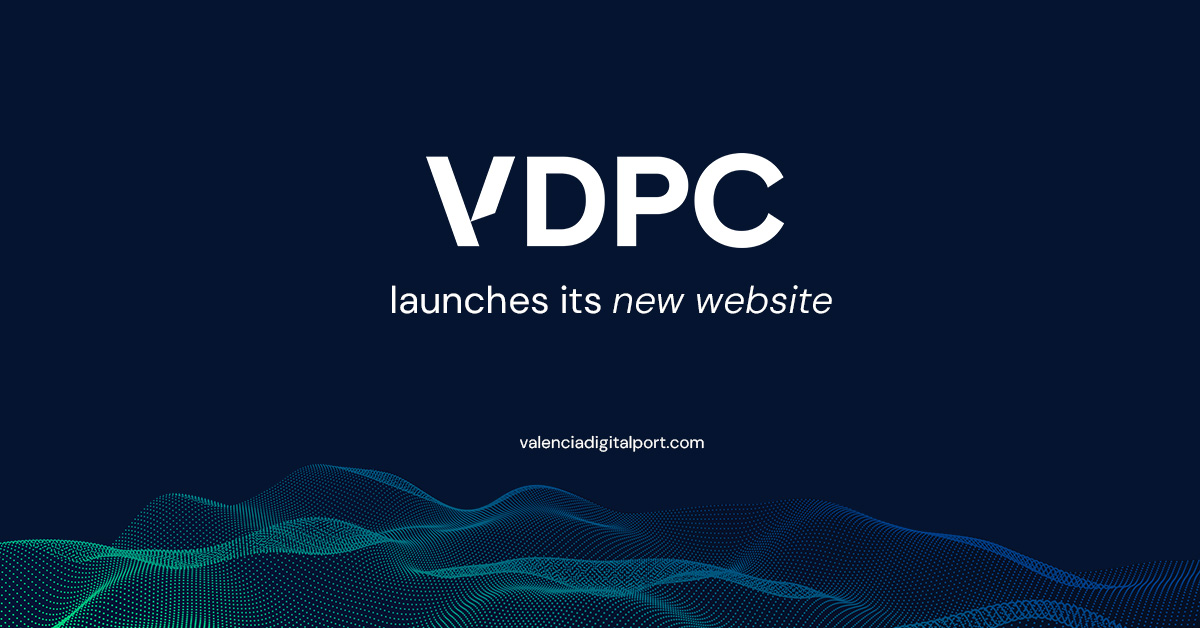The Valencian Community will have a special presence as the invited Spanish region at DCD>Connect Madrid 2024. Thanks to its attractive characteristics, this area is one of the country’s most promising regions for digital infrastructure growth, becoming an increasingly strong alternative to other Mediterranean hubs like Barcelona and Marseille.
In addition to its economic significance (Spain’s 4th highest GDP, contributing 9.3% of the national GDP), Valencia’s strategic coastal location makes connectivity a key factor in the sector’s development. According to the latest Spain DC study, the region has 9 data centers and 5 submarine cables, with the potential to become “comparable to Barcelona and Marseille” in the coming years.
This will be the topic of discussion on May 22 in the panel “Bridging Horizons: The Valencian Community Moves Closer to Becoming an International Connectivity Hub.” One of the confirmed participants to discuss the region’s opportunities and challenges is Enrique Martín, CEO & Partner at Valencia Digital Port Connect. Below, we present a DCD pre-event interview with Enrique, where he shares some insights ahead of DCD>Connect Madrid.

What are the specific competitive advantages of the Valencian Community that make it attractive for data center installation?
The region offers large-scale power availability, a well-developed high-voltage transmission network, and industrial land with direct access to electricity. Its privileged geographic location within the Iberian Peninsula ensures low-latency connections to Madrid, Barcelona, and Lisbon, and its abundant fiber optic networks place it along the “Iberian U” route. Additionally, future submarine telecommunications access will face fewer environmental permit challenges, making approvals easier. Added to these advantages is the existing demand in the regional market.
How does the region’s coastal location impact the development and interconnection of data centers with telecom operators?
Today, it is clear that there is a strong synergy between submarine fiber optic highways and data centers, as they enhance each other’s growth. Several global examples demonstrate how submarine telecom hubs have simultaneously developed thriving data center clusters, with Marseille, Singapore, and Hong Kong standing out. Domestically, Barcelona is currently experiencing a similar development, driven by the construction of a submarine cable landing station.
How can public-private collaboration drive digital and connectivity infrastructure development in the Valencian Community?
The public sector should play a facilitator role by streamlining necessary approvals for private projects while also supporting complementary public developments, such as high-voltage power line deployments, substations, or zoning adjustments to meet project requirements.
Private project financing could be supported through technical guarantees, although we do not believe public-private partnerships should be a primary financing strategy (e.g., NG, CEF programs).
How can data center and connectivity projects in the Valencian Community create new job and investment opportunities?
The construction, operation, and commercialization of high-tech critical infrastructure—such as data centers and submarine cables—generate highly skilled direct jobs.
Additionally, these projects attract technology companies that rely on these services (e.g., software developers, industrial firms), further stimulating indirect job creation.
Valencia also benefits from a prestigious university network, which can provide a skilled workforce to meet growing industry demand. Educational institutions can also develop specialized training programs for new and existing professionals. Graduates from these universities would welcome these opportunities, reducing the need to relocate to other regions or abroad.
What projects is Valencia Digital Port Connect currently working on?
We are actively working on:
-
Development and construction of the Valencia CLS (Cable Landing Station) in Valencia Province, featuring a colocation/EDGE data center (L4, EN 50600 standard) with an initial capacity of 1.5 MW and a scalable design for future expansion.
-
Development and construction of the marine front-haul infrastructure connecting the CLS to the sea, initially capable of supporting four submarine cables.
-
Development and construction of the Barracuda submarine fiber optic cable, a 1,000 km Valencia-Genoa trunk line with a total aggregated capacity of 384 Tbps, with future branches to Málaga-Morocco and the Eastern Mediterranean.
-
Implementation of a complementary terrestrial fiber backhaul, consisting of:
-
Iberian backbone connecting Valencia – Madrid – Lisbon, providing:
-
A low-latency route across the Iberian Peninsula (Mediterranean-Atlantic), enabling optimal interconnection of Asia-Europe-America fiber networks.
-
An alternative low-latency, high-speed path between the Iberian Peninsula, FLAP (Frankfurt, London, Amsterdam, Paris), and other major European hubs.
-
-
-
Pre-sales of connectivity services in IRU format (fiber pairs and wavelengths).
-
Attracting new data centers to our infrastructure. We are confident that our project’s appeal, combined with Valencia’s exceptional conditions for data center deployment, guarantees success.




